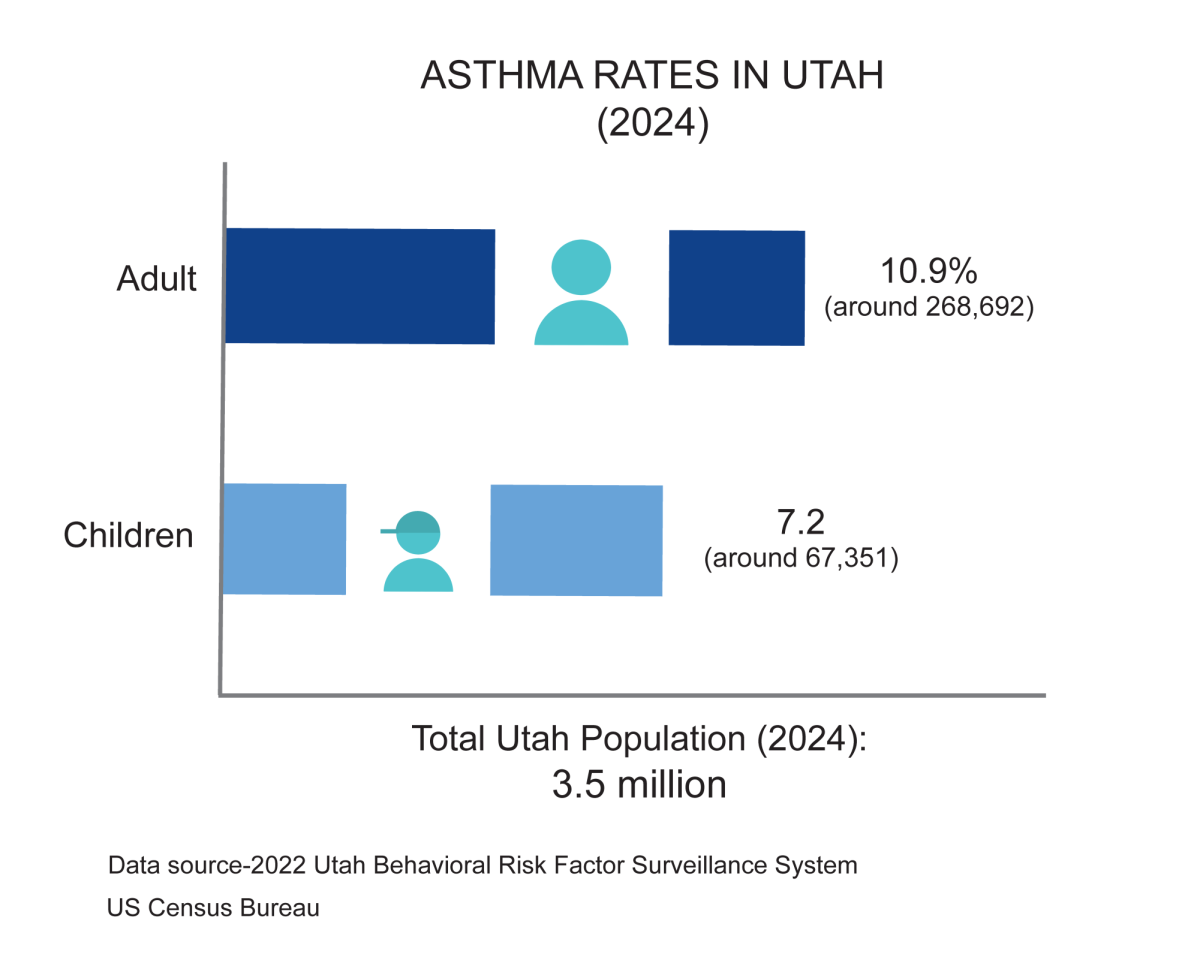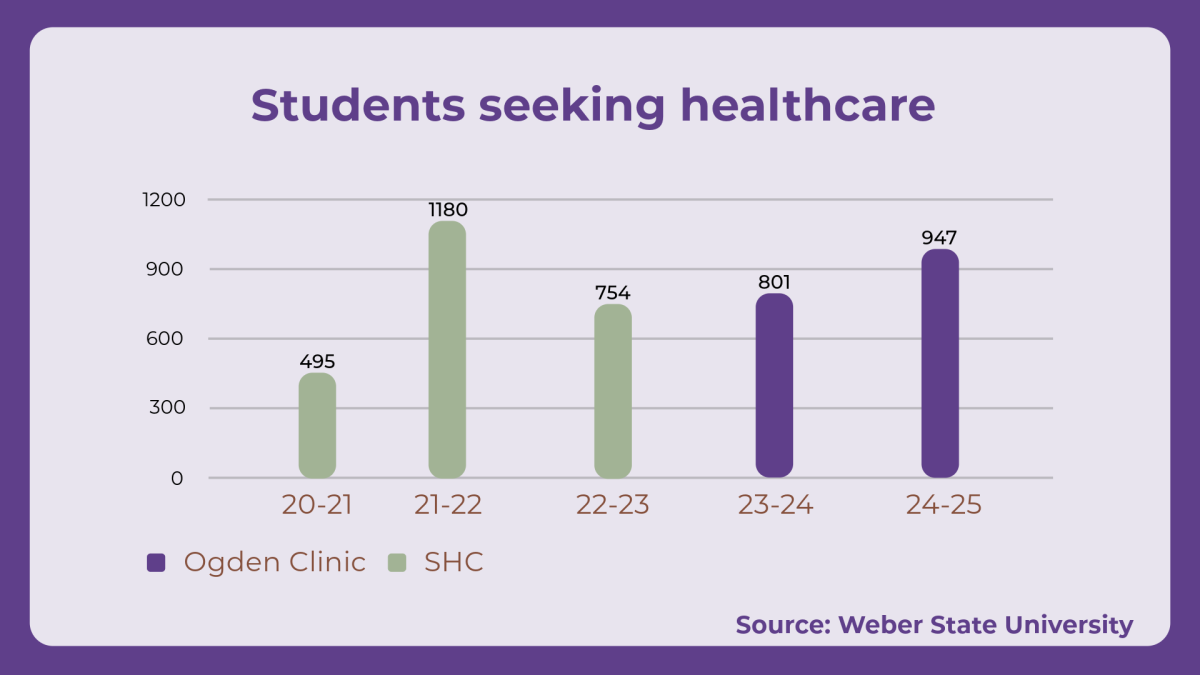Two Weber State University programs could reportedly double within the next four years. The Health Information Technology Career Mobility Grant, awarded by the United States Department of Labor, includes $2.5 million to be spent over four years within WSU’s health information technology and health information management programs.
The federal government awarded the money as part of the United States Department of Labor’s Trade Adjustment Assistance Community College and Career Training program.
“We’re going to spend a lot of money in the first year upgrading equipment that will allow video conferencing over the whole state,” said Frederick Henderson, coordinator of the program. “The grant gives us the ability to increase the capacity of what we currently offer in the health information field.”
Henderson said he believes the video conferencing is important to allow students face-to-face classroom interaction without having to leave their homes.
In addition to purchasing new equipment, the grant will also be used to create more online and hybrid sections for program courses. These types of courses enable people who live far from campuses to get certifications and training in their respective fields. The certifications alone can increase a student’s earning potential.
“Imagine being able to take a few semesters at Weber State and walk into a $15-$20-an-hour job,” Henderson said.
He said a student could get some basic certifications, start work and then continue school online until he or she finished a bachelor’s degree.
Ken Cuddeback, associate professor of network technology management, said he hopes this will help fix a staffing problem that some hospitals in smaller communities are facing.
“People come to Weber, get their degrees, and they stay here, (but) they’re needed back (at home),” he said. “Doctors have the same regulations in rural areas as they do in the city.”
Cuddeback said he hopes the program will entice people who live in more rural areas to get certifications and find employment without having to relocate.
The Federal Bureau of Labor Statistics predicts a 20 percent growth in the health information management field by 2020. According to Pat Shaw, chair of health administrative services at WSU, the need for coders to help understand the programs that protect patients’ confidential information will increase over time, especially as a new classification system will go into effect in 2014.
“Right now there is a huge push to implement electronic health records throughout the health industry,” Shaw said.
Shaw added that the changes have already resulted in better-quality statistics. She said she believes it is a good system overall, but that it could lead to a drop of productivity by 40-50 percent. Coders who understand how to navigate the new system will be essential as the industry moves forward.
“If someone is going to come to school to increase their earning potential, you can’t pick a better discipline than health information or network information management,” Henderson said. “There are hundreds of unfilled jobs out there.”



















